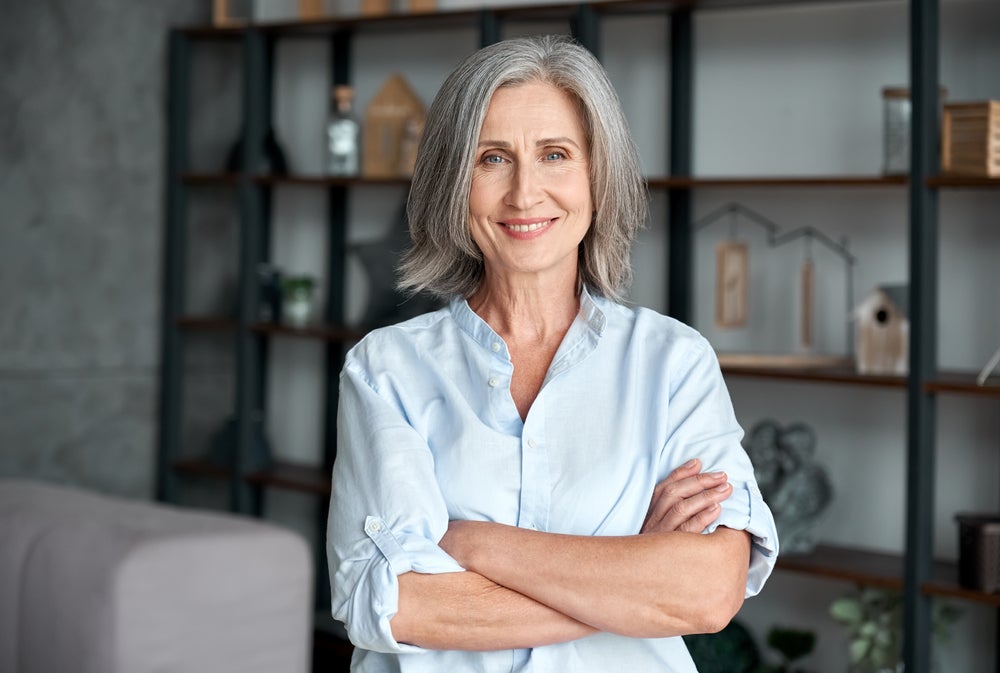
One of the new Government’s stated core missions for the UK is to secure the highest sustained growth in the G7. The latest UK Economic Outlook explores how likely this aspiration is, given domestic and international realities and challenges.
The Outlook shows that the UK economy is gradually picking up momentum, benefiting from the natural swings of the economic cycle, boosted by a strong first quarter this year and expected second quarter performance. PwC’s analysis raises the annual GDP growth outlook to about 1% for this year, up from the November 2023 projection of 0.5%, and for this to pick up even further in the medium term to around 1.8% by 2026.
Over the next decade, however, current projections indicate the UK is likely to be the third fastest growing G7 economy, behind the US and Canada but ahead of the rest of the pack. This is partly because the Government inherits long-term challenges specific to the UK such as the rise in post-pandemic economic inactivity, heightened non-tariff trade barriers between the UK and the European Union and continued low productivity growth due to low levels of public and private investment.
Commenting on this, PwC UK chief economist, Barret Kupelian, said: “The new Government has inherited an economy that was starting to show signs of growing faster as global tailwinds develop with more stable and predictable energy prices and lower inflation, and the impact of tighter monetary policy on economic activity starting to fade away. In our main scenario, we expect some of this momentum will continue in the short term as the policymaking environment becomes more certain and duller, especially when compared to other peer economies.
“The real question is whether the UK will achieve ‘the highest sustained growth in the G7’. While our analysis suggests that on current trends the UK will remain behind the US and Canada, this is not a foregone conclusion. There are three key areas, what we call the “3i”s where Government and businesses can make a difference.
“First, focus on driving down economic inactivity rates back to pre-pandemic levels. Second, devise and methodically implement a multi-faceted industrial (and services) strategy centred around skills, infrastructure and planning and the green transition. And third, focus on applying Artificial Intelligence – a more speculative area as the technology is still developing – to business and government practices. This would allow workers to focus on higher value-adding activities, which typically require more human capabilities like empathy, team-work, creativity and human judgement.
How well do you really know your competitors?
Access the most comprehensive Company Profiles on the market, powered by GlobalData. Save hours of research. Gain competitive edge.

Thank you!
Your download email will arrive shortly
Not ready to buy yet? Download a free sample
We are confident about the unique quality of our Company Profiles. However, we want you to make the most beneficial decision for your business, so we offer a free sample that you can download by submitting the below form
By GlobalData“We find that focus on these three areas can go a very long way to bridge the current estimated growth gap between the UK and the rest of the G7 and help the Government meet its ambition to secure the highest sustained growth in the G7 across all of the regions of the UK.”
National growth rates upgraded but sectoral and regional recovery unequal
Breaking down historic economic performance by sector shows a more nuanced picture, with around one half of sectors now experiencing growth and the other half contracting. The three sectors with a large proportion of public sector activity grew strongly; health & social work (2.7%), public admin & defence (2.2%), and education (1.2%).
Regional differences continue as economic growth is likely to differ geographically across the UK, with London (1.2% growth) and Northern Ireland (1.2%) set to lead the way for 2024, while the West Midlands (0.7%), South East (0.8%) and North East (0.8%) are likely to lag behind.
Consumer-facing sectors, such as retail and hotels, continue to struggle as consumers remain cautious. In PwC’s latest Consumer Sentiment Survey, 7 in 10 people said they still expect to make some spending cutbacks over the next three months, however, improving economic conditions will begin to have a material impact on household finances and sentiment in the second half of the year. However, on a positive note inflation is now under control.
PwC economist, Jake Finney, added: “The UK has gone from being a poor-performing outlier on inflation to being one of the few advanced economies where inflation is currently back on target. However, the disinflation process is not complete. If prices continue to rise at the same month-on-month rate in June as they did in May, then headline inflation will again tip over the Bank of England’s 2% target. Indeed, our main scenario projection is that inflation will continue to hover in and around the Bank of England’s target throughout the rest of the year.
“There isn’t much scope for goods inflation to fall further, so the key ‘known unknown’ is when services inflation will return to more normal levels. Annual services inflation currently sits at around 5.7%, down from its peak of 7.3%. This is higher than what the Bank of England expected in May 2024 (5.3%) and way in excess of its level the last time inflation was at target in July 2021 (1.6%).”






